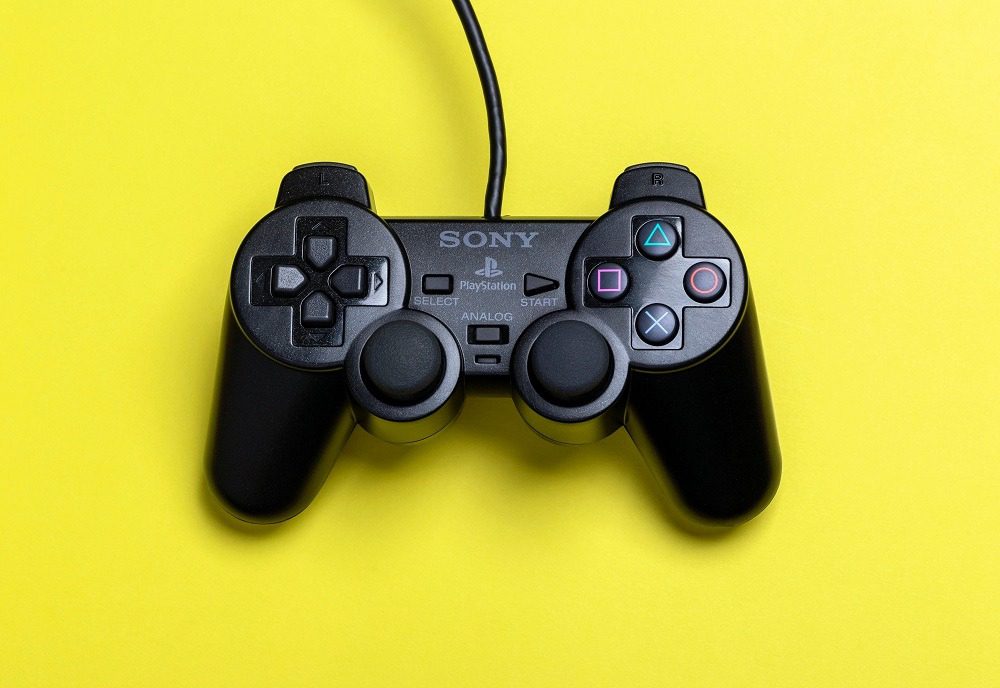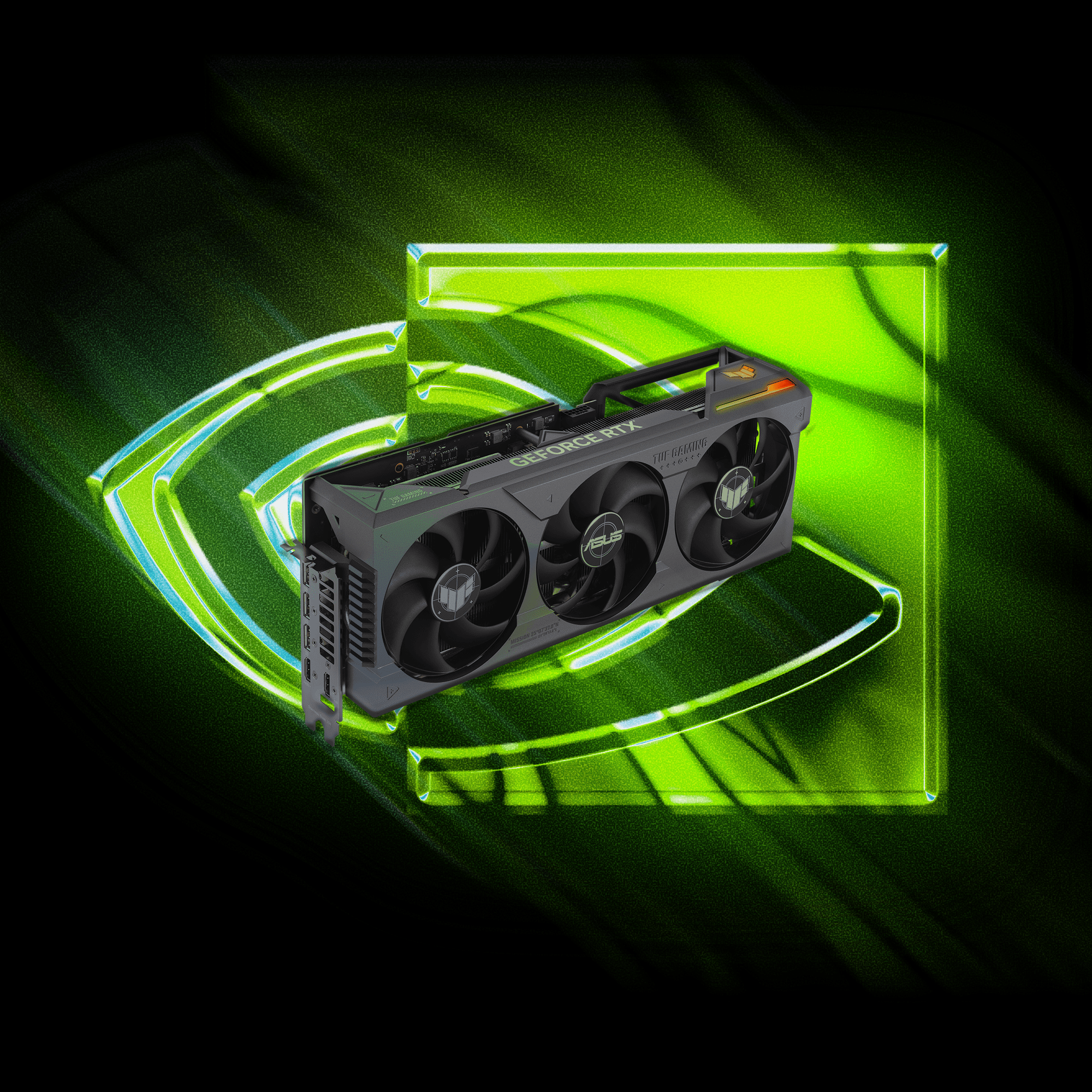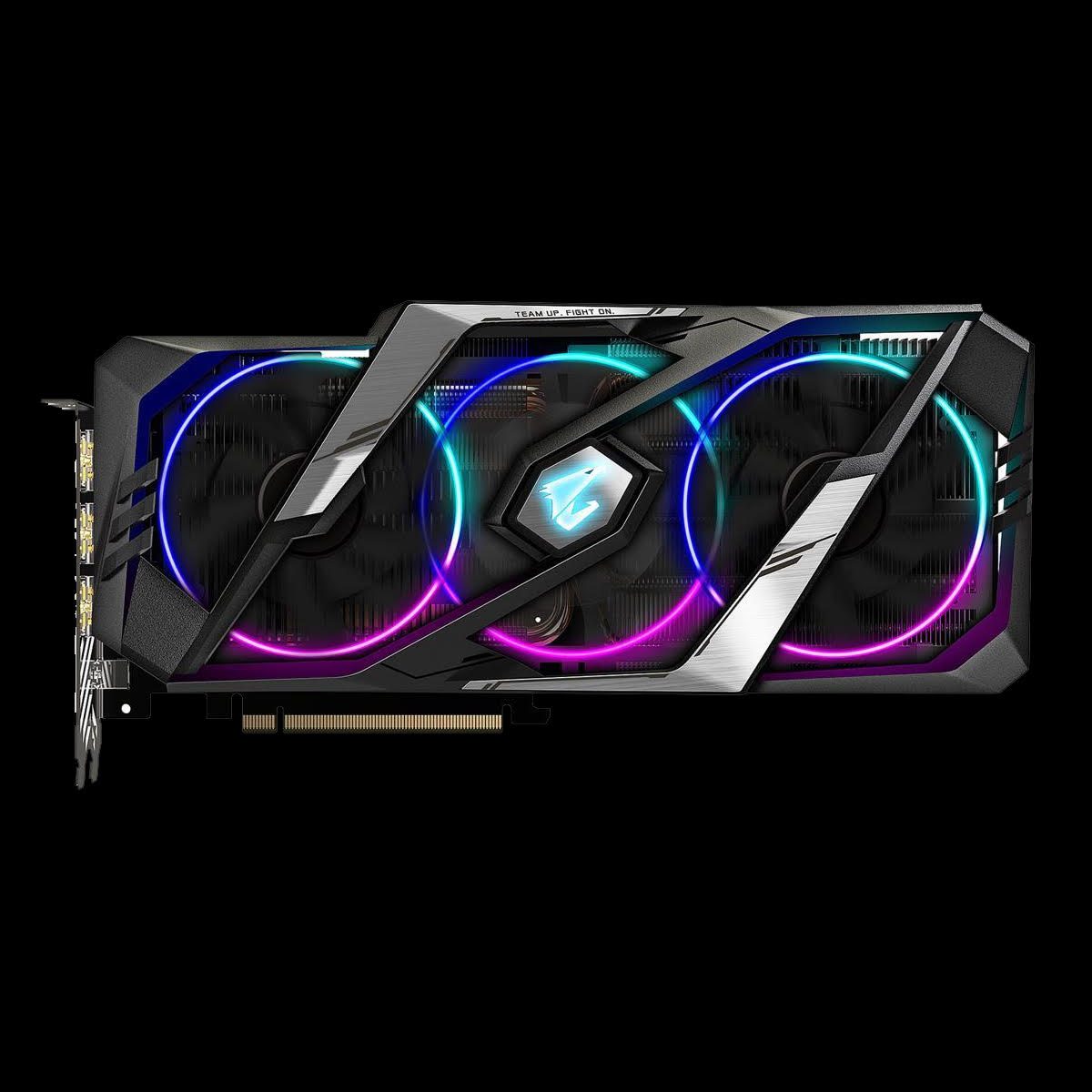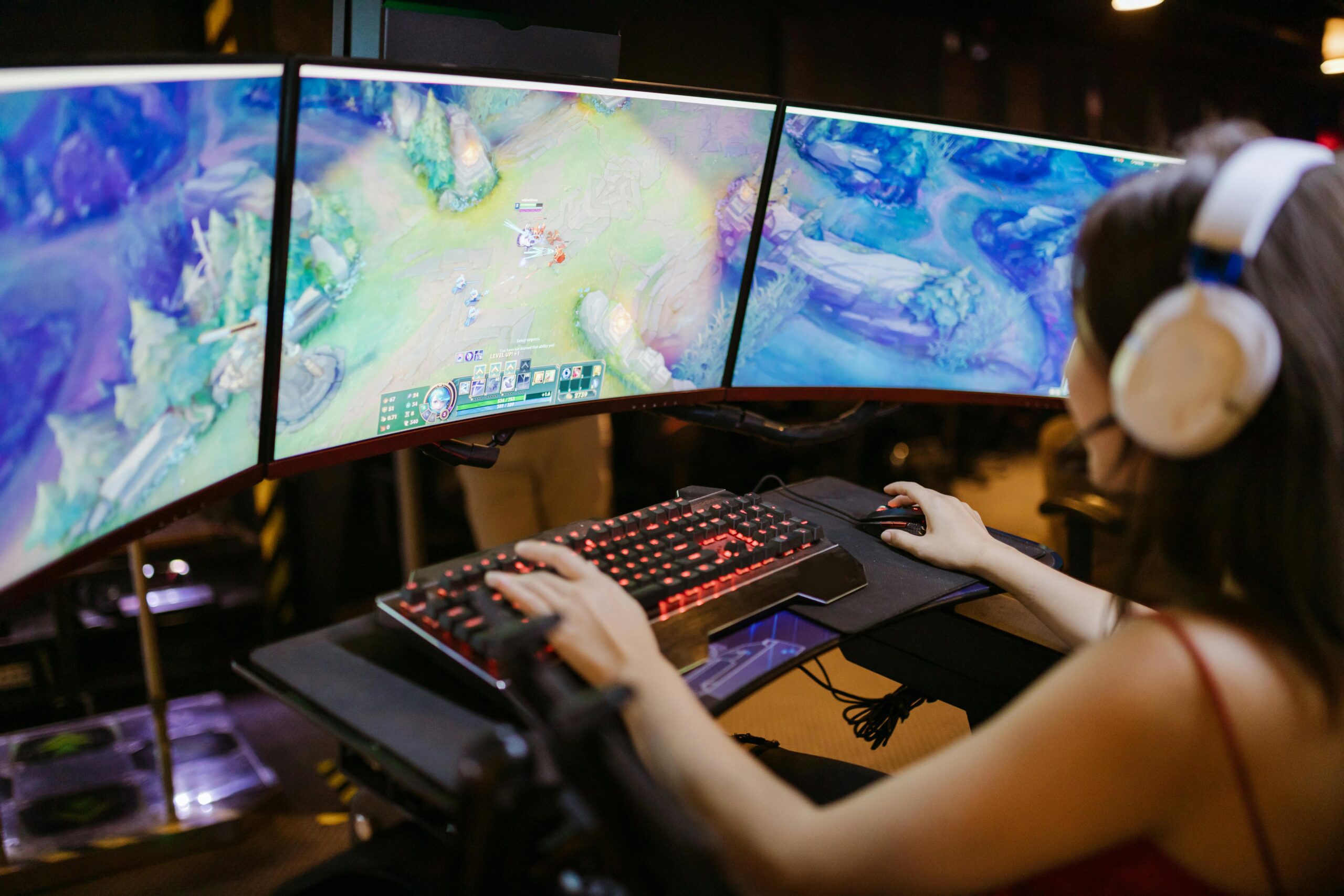PS2 Couch Co-Op Era


My first console was Sony’s PlayStation 2. My favorite game was without a doubt SSX, Snowboard Supercross, first released October 26, 2000. You could bomb down insane mountain courses, launch off giant ramps, and do awe-inspiring tricks. The tricks would pile up points in order to earn speed boosts and race at even faster speeds. It was awesome! And if you wanted to race your friend, all you had to do was plug in a second controller and race. Competing in races or trying to score the most points via tricks was so much fun! My second favorite game was James Bond 007: Nightfire, it had awesome one system multiplayer! We had one of those sick multitap multiplayer adapters, which allowed you to plug in up to four controllers. Grab three friends, hop on the couch, fire up a match of 8 player Nightfire, turn on the bots and play! You could run 2v2 with two bots per team, or band together and wreck the bots 4v4. Hours of fun, endless headshots and everyone together in one place having fun. And this was not even peak console co-op.
Eventually it evolved to Xbox and Halo, then Xbox One and more Halo. More kills, same co-op, same friends! But alas, all good things must come to an end. Soon less and less games had couch co-op until it got to the point we are at now. Everyone has their own PC at their own place, the games are still high paced and entertaining but the experience is a little different.
PC + Discord Era

Not worse, not better, just different. I’ll send out the “WZ?” text to my friends, get a couple “Let’s go’s!” shoot off a “Booting!” text and hop online. Fire up the PC, turn on discord and launch Call of Duty: Warzone. Resurgence is the name of the game now, it is by far my favorite Battle Royale style game.
This is mainly due to familiarity with the controls, guns, gameplay experience from years of CoD and the fact that it is both free and supports cross console play. Things we could only dream of as kids. Your friend only has a PlayStation, Xbox or PC? Doesn’t matter anymore, everyone can hop right into the same lobby without a hitch. Which is awesome, no more console wars, everyone united in united servers. In-game voice chat not working? Once again there is now a solution in place, every console has discord. Hop on and join a crystal clear call with none of the issues of in-game chat.
Is it the same as having all your buddies over to play some PS2 in 1st grade? No, but it’s pretty darn close. Plus its extremely convenient, especially as people grow and their lives change. Some of them have moved across the country, they are married, they have kids and are full grown adults with adult responsibilities. They can’t just ride their bikes over anymore, y’know? But the ease and convenience with modern PCs/Consoles and Discord help keeps everyone connected. I’m able to hop on CoD with the same friends from school, catch up and get some W’s!
Do I wish I could fire up Halo when a friend comes over and hop online? Yeah, I do. BRING BACK COUCH CO-OP HALO!!! But that isn’t an option anymore, so I guess we’ll be playing Fifa and 2k instead! And in the meantime, there’s still plenty of ways to play online and stay connected with your friends!
























Recent Comments